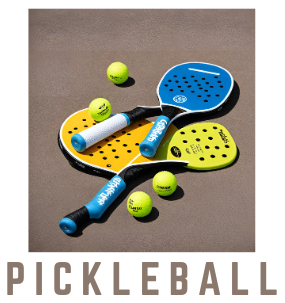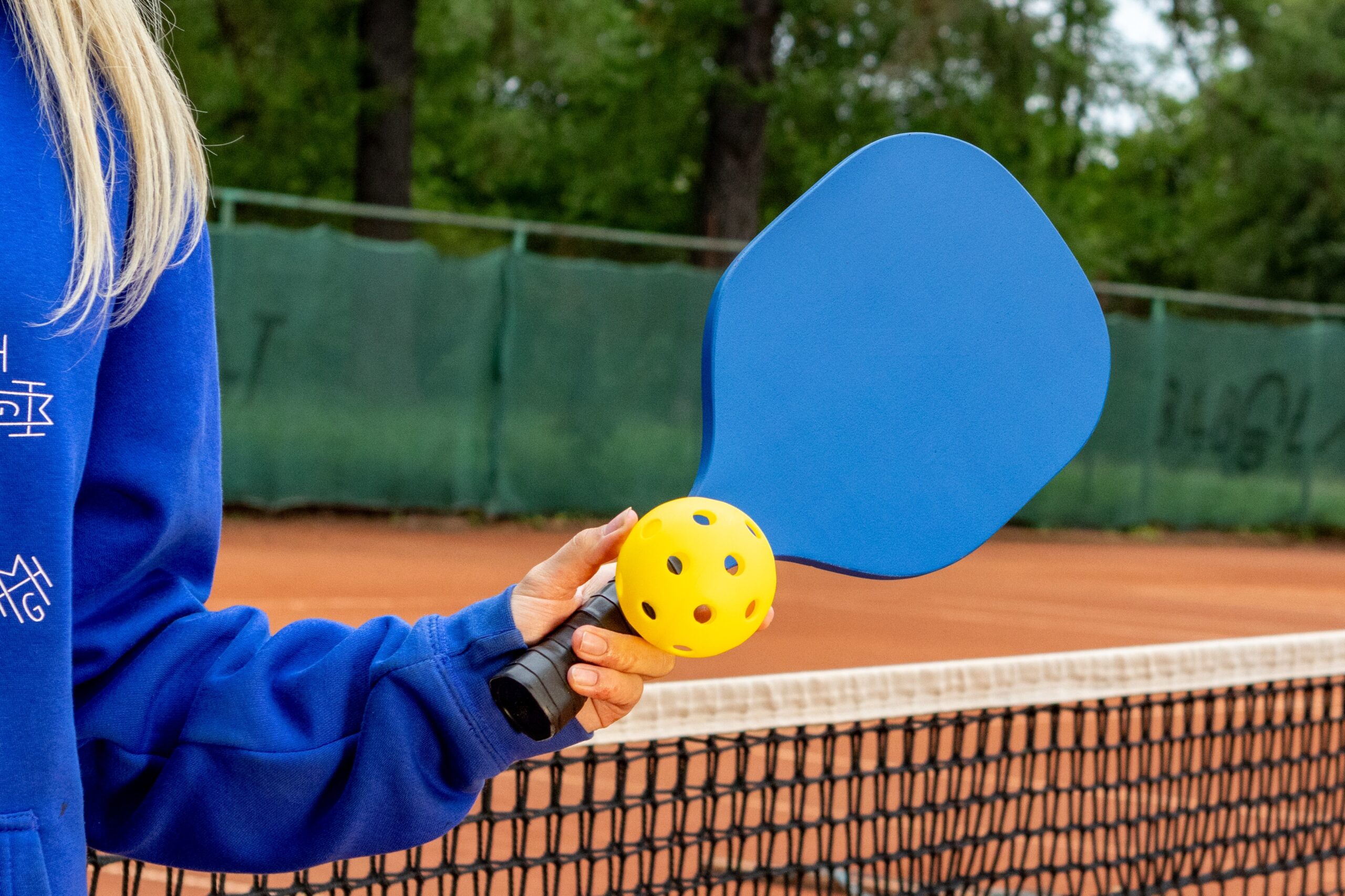Have you ever wondered who serves first in pickleball? It’s a common question that often sparks curiosity among players. In pickleball, the rules dictate that the team to serve first is determined by a coin toss or a game of rock, paper, scissors. This simple yet integral decision can set the tone for the entire match, and knowing who gets to serve first can give players a strategic advantage right from the beginning. So, whether you’re a seasoned pickleball enthusiast or new to the game, understanding who serves first is a key aspect of the sport.
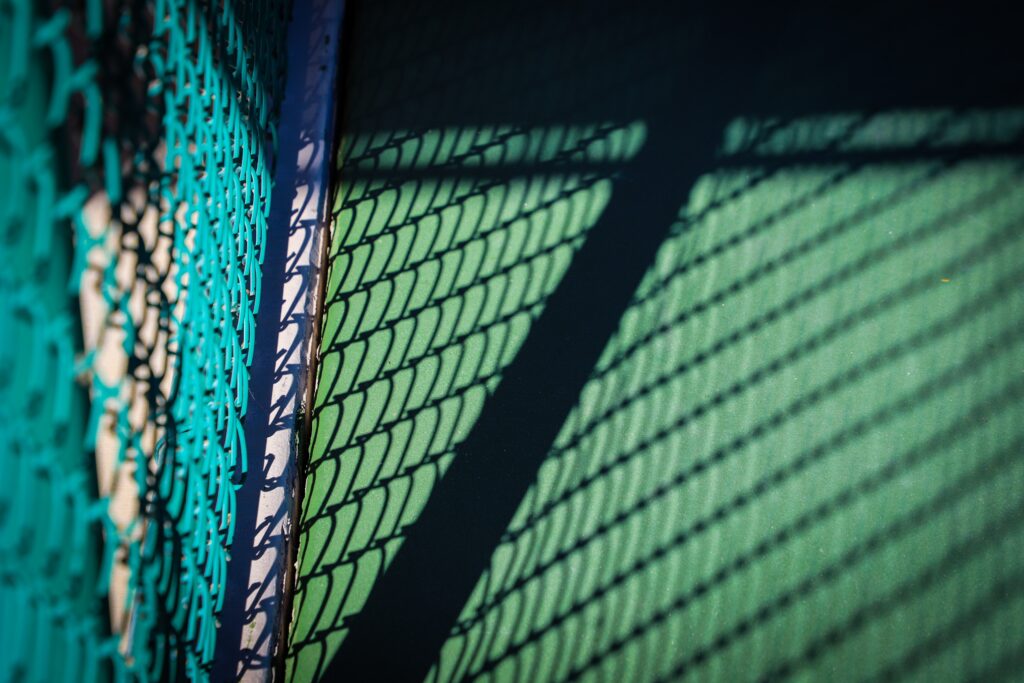
Introduction
Welcome to the exciting world of pickleball! Whether you’re a beginner or a seasoned player, understanding the ins and outs of the game is essential to your success on the court. One of the most important aspects of pickleball is determining who serves first. In this comprehensive article, we will delve into the rules, strategies, and considerations for serving in pickleball. By the end, you’ll have a solid understanding of how to make the most of your opportunities as the server. So let’s get started!
Understanding Pickleball
What is Pickleball?
Pickleball is a fast-paced paddle sport that combines elements of tennis, badminton, and table tennis. It is played on a rectangular court, similar to a tennis court, with a net dividing it in half. The objective of the game is to score points by hitting a perforated plastic ball, similar to a wiffle ball, over the net and into the opponent’s side of the court without them returning it.
Basic Rules of Pickleball
Now that we have a general idea of what pickleball is, let’s dive into the basic rules of the game. Each player or team gets three chances to hit the ball over the net, similar to tennis. The ball must clear the net and land within the designated boundaries on the opposing side of the court for a valid serve. The server must stand behind the baseline and hit the ball diagonally across the net into the opponent’s service court. Once the ball is in play, both teams can continue hitting the ball back and forth until one team fails to return it or commits a fault.
Serving in Pickleball
Serving is a crucial element of pickleball, as it is the beginning of every rally. The serve starts the game and determines which team has the initial advantage. The server stands in the designated service area and must hit the ball diagonally, cross-court, and clear the non-volley zone, also known as the kitchen. This initial shot sets the tone for the entire point and can significantly impact the outcome of the game.
Server’s Advantage
The Importance of Serving
Being the server in pickleball comes with a tremendous advantage. Not only do you have the opportunity to initiate the point, but you also control the pace and direction of the game. A well-placed serve can catch your opponent off guard, forcing them into a defensive position and giving you the upper hand. Moreover, serving allows you to capitalize on your strengths and exploit your opponent’s weaknesses.
Advantages of Being the Server
Aside from having the initial advantage, being the server offers a unique set of benefits. Firstly, you have the first opportunity to score a point. If your serve is executed flawlessly, it can result in an unreturnable shot, granting you an immediate point. Additionally, serving allows you to dictate the tempo of the game. By varying your serve speed, spin, and placement, you can keep your opponent on their toes and disrupt their rhythm. Lastly, serving provides you with the chance to control the court positioning. By strategically placing your serve, you can force your opponent out of position and create openings for winning shots.
Coin Toss or Serve Selection
The Coin Toss
Before the match begins, a coin toss is typically conducted to determine which player or team gets the choice to serve first or select their side of the court. Each player or team can call “heads” or “tails,” and the person who wins the toss gets to decide their preferred option. This process ensures fairness and impartiality in determining the initial serve.
Choosing to Serve or Receive
After winning the coin toss, you have an important decision to make. You can either choose to serve first or opt to receive the first serve. The choice largely depends on your playing style, your confidence in your serving abilities, and your knowledge of your opponent’s strengths and weaknesses. Some players prefer to start as the server, allowing them to set the tone and put pressure on their opponents from the get-go. On the other hand, some players prefer to receive first, giving them the opportunity to observe their opponent’s serving style and adapt their strategy accordingly. The choice is ultimately yours to make, and there is no definitive right or wrong decision.
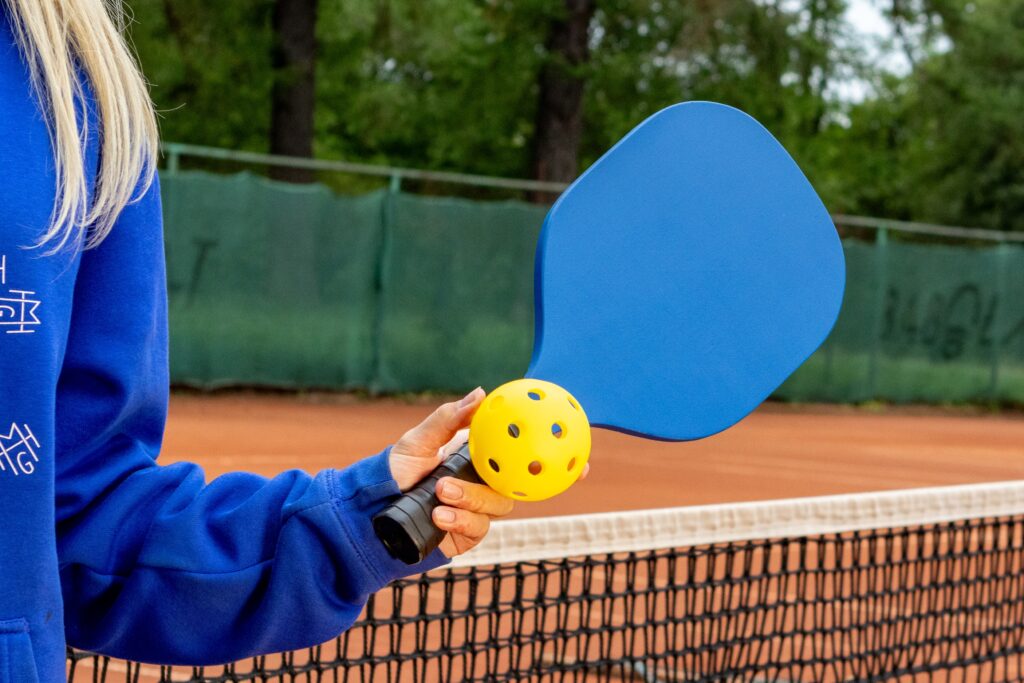
Starting the Game
Server and Receiver Positions
Once the decision to serve or receive has been made, it’s time to determine the positions of the server and receiver. The server and receiver stand on opposite sides of the court, with the server in the right service court and the receiver in the left service court. Each side has an equal opportunity to serve and receive during the game.
Server’s Service Area
The server must serve the ball from within the designated service area. In pickleball, the service area is a rectangular section located behind the baseline, extending seven feet from the net on each side. The server must start behind the baseline and hit the ball diagonally across the net into the opponent’s service court. Failure to follow these rules will result in a fault.
Service Order
In pickleball, service order is determined by who served first at the beginning of the game. The initial server’s partner becomes the second server, and the receiving team designates one player to serve first. The first server continues serving until a fault occurs, and then it switches to the second server. This rotation continues until the serving team loses the point or commits a fault, which leads to a change in service order.
Choosing the Team to Serve First
The First Serve Decision
The decision of who serves first has significant implications for the game. Winning the first serve not only grants you the advantage, but it also allows you to put pressure on your opponents and set the tone for the match. Consider your level of comfort and confidence when deciding whether to serve or receive first. If you are confident in your serving abilities and believe that starting as the server will give you an edge, then choosing to serve first may be a wise decision.
Alternating Serves
In pickleball, the serving team alternates serves between partners. This means that if you or your teammate serves first, the next serve will be taken by the other member of your team. This rotation continues until a fault or a loss of serve occurs.
Serving with Odd or Even Score
In pickleball, teams typically switch sides of the court after the completion of the first game and then again when the sum of the scores of both teams equals 6 and every subsequent multiple of 6. This ensures fairness and equal opportunity for both teams to adapt to the different playing conditions on each side of the court.
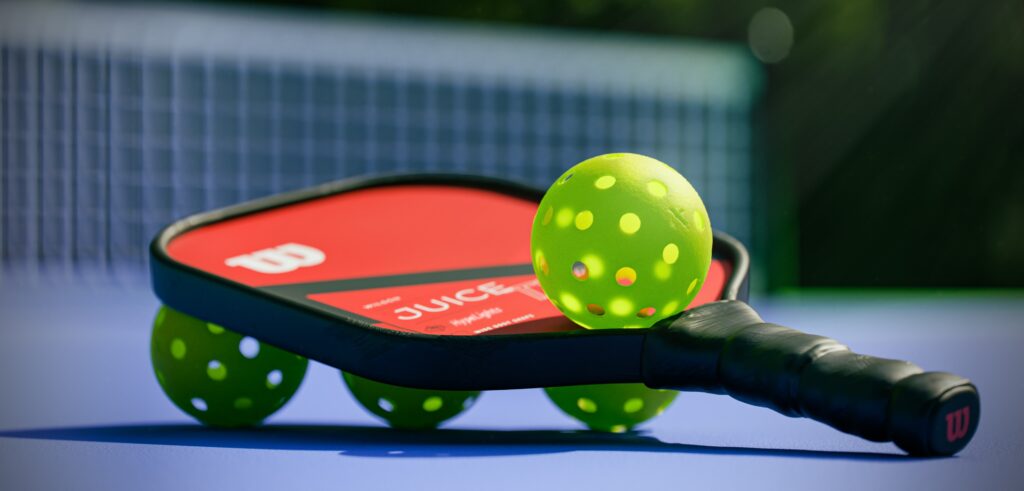
Determining Serving Order
Initial Serve Order
At the beginning of the game, the serving team determines who serves first. This decision can be made through a variety of methods, such as a coin toss, a friendly agreement, or by the team’s preferred practice. The important thing is that there is consensus and fairness in determining the initial serve order.
Changing Serve Order
Serve order changes whenever a fault or a loss of serve occurs. If the serving team commits a fault, such as hitting the ball into the net or out of bounds, the serve order switches to the opposing team. If the serving team loses the point due to their opponent successfully returning the serve, the serve also rotates to the opposing team.
Forgetting the Order
In the heat of the game, it’s easy to forget the serve order. However, there are simple ways to remember and avoid confusion. One popular method is to use finger signals. Each finger represents a different serve order, simplifying the process of determining who serves next. Additionally, verbal communication between teammates can help remind each other of the current serve rotation.
Service Faults and Loss of Serve
Causes of Service Faults
Service faults occur when the server fails to follow the specified rules and regulations of the serve. Common causes of service faults include not hitting the ball diagonally across the net, not hitting the ball into the opponent’s service court, stepping on or over the baseline while serving, and failure to hit the ball from within the service area. It’s essential to be familiar with these rules to avoid faults and maintain your serve.
Loss of Serve
A loss of serve occurs when the serving team fails to successfully execute a serve or commits a fault. This results in the serving team losing their chance to score a point and the serve rotation switching to the opposing team. Losing the serve can be a setback, but it’s important to stay focused and ready to regain the advantage during the next opportunity.
Consequences of Service Faults
Service faults have consequences beyond the loss of the serve. In addition to losing the opportunity to score a point, service faults also result in side out, wherein the opposing team gains the right to serve. This puts the serving team at a disadvantage, as they now have to defend against their opponent’s serve.
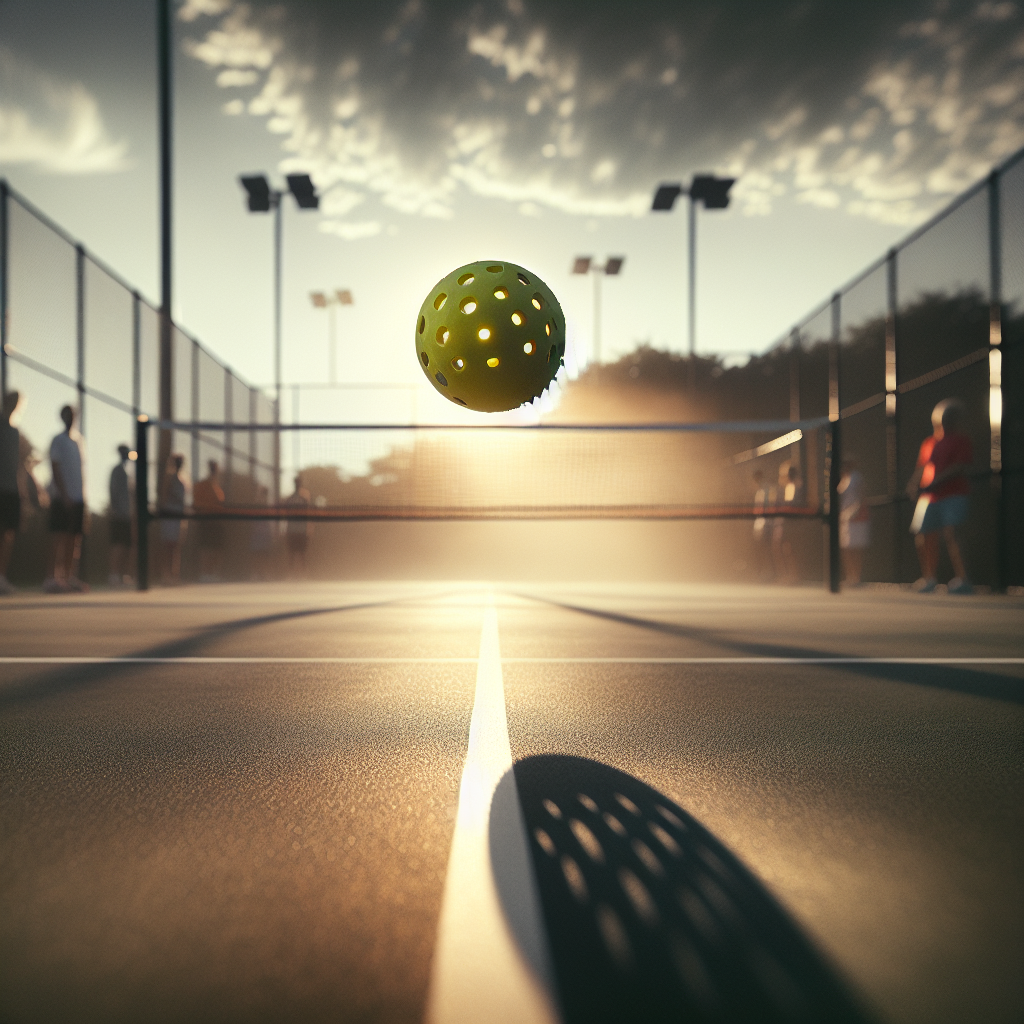
Strategies for the Server
Placement of the Serve
One of the key strategies for the server is to vary the placement of their serve. By targeting different areas of the opponent’s service court, you can keep them guessing and make it more difficult for them to return your serve effectively. Aim for the corners of the court to force your opponents into wide angles and compromise their positioning.
Speed and Spin Variations
Another effective strategy for the server is to vary the speed and spin of their serve. By mixing up the pace, you can disrupt your opponent’s timing and prevent them from getting into a rhythm. Additionally, incorporating spin, such as topspin or backspin, into your serves can add unpredictability and make it harder for your opponents to handle the ball.
Choosing the Right Serve
Lastly, selecting the right serve for each situation is crucial. Consider your opponent’s strengths and weaknesses, as well as your own playing style. There are various types of serves in pickleball, including the drive serve, lob serve, and drop serve. Each serve has its own advantages and disadvantages, so choose the one that aligns with your objectives and abilities.
Conclusion
Congratulations! You’ve reached the end of this comprehensive article on serving in pickleball. We’ve covered everything from understanding the game to determining the initial serve to strategies for success as the server. By familiarizing yourself with the rules, considering the advantages of serving, and implementing effective strategies, you’ll be well on your way to dominating the court. So grab your paddle, step onto the court with confidence, and make the most of your opportunities as the server in the exhilarating game of pickleball!
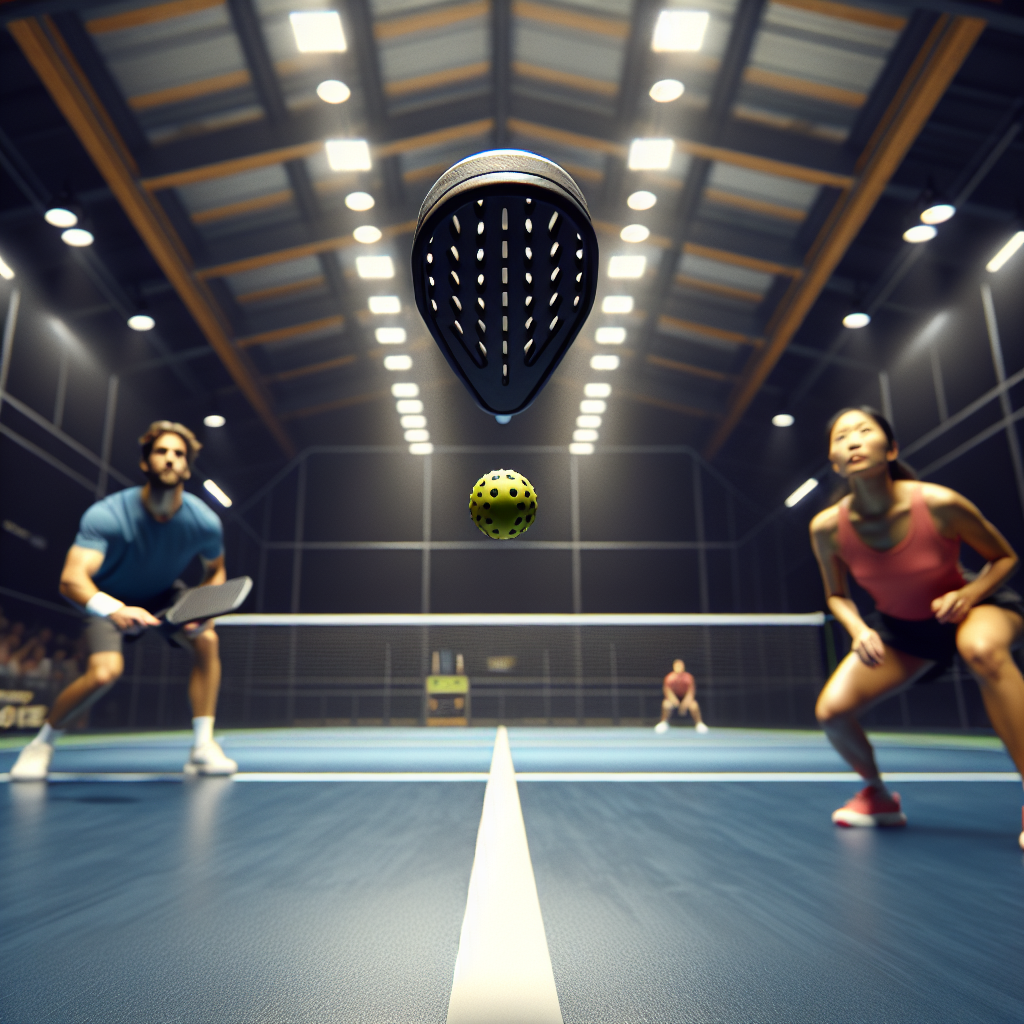
Thank you for taking the time to read through ‘Who Serves First In Pickleball’, why not take a look at ‘10 Health Benefits Of Pickleball‘.
